There are many reasons for tourists to spend the summer in Makassar.
Most tourists come to Makassar by plane. Sultan Hasanuddin International Airport is located 20km from the city, with flights from Jakarta, Surubaya, Bali... Or tourists can also choose to take a cruise ship from Borneo or Mindanao. In Makassar, the most popular means of transport for foreign tourists is the pedicab (locally called becak) because it is cheap and gives them the opportunity to see the dusty streets. Both Grab and Gojek operate in Indonesia, so Vietnamese tourists have more options for transportation.
Fort Rotterdam was built by Dutch colonists in the 17th century on the site of an old fortress from the Gowa Kingdom. The fort was once home to the island's governor and important colonial officials. Their residences and other structures remain largely intact. Fort Rotterdam also houses a collection of local crafts, such as silk weaving and boat building. Admission to the fort is free, but there is a fee to view the collection.
Early in the morning, when the rest of Makassar is still asleep, Paotere Harbor is bustling with people. That is when fishing boats race against the sun to bring their catch ashore before dawn. Anyone who wants to learn about the lives of Makassar’s workers or buy a delicious catch cannot miss visiting Paotere Harbor at sunrise.
Losari Beach is another must-see destination in Makassar. In a commercial city like Makassar, Losari is a rare corner where locals can enjoy some peace and quiet. It is recommended to take a walk around the beach at dawn, when the view is at its best and there are fewer people. In addition, outdoor performances are also regularly held at Losari.
The 99-domed mosque is located on a corner of Losari beach, on reclaimed land that the city government built more than a decade ago. At first sight, many visitors are amazed by the wonder of this mosque. The building was designed by the famous architect Ridwan Kamil, who is currently the governor of West Java province. Seen from above, the mosque's 99 domes form the shape of a flower, a common motif in Islamic aesthetics.
For those traveling with children, check out Trans Studio, the world’s third largest indoor theme park. Built by the Goddard Group, which has experience designing Six Flags and Universal Studios theme parks, parents have nothing to worry about when it comes to the quality and safety of the rides. There’s also a shopping mall with a variety of international brands.
Khayagan Island is just a 20-minute boat ride from Makassar. The island used to be a fishing village, but now the entire Khayagan has been converted into a resort that is popular with visitors who love tranquility. Visitors can stroll around the ancient trees or lie on the beach and enjoy the salty sea breeze.
When it comes to diving, Samalona Island is hard to ignore. Once a no-man’s land, Samalona Island has become a famous diving destination. The rich coral reefs surrounding the island are a prime example of the marine ecosystem of western Indonesia. Visitors can scuba dive or not, with the peace of mind that there are dive guides available at all times.
Rammang-Rammang village is located 40km from the center of Makassar, nestled among limestone mountains, next to a lake. The mountain range surrounding the village is one of the largest karst landforms in the world, after the Tsingy “stone forests” in Madagascar and the Stone Forest in China. The village’s isolation has helped preserve the beautiful natural landscape and traditional cultural activities of the local people here to a near-perfect level. Visitors can also easily find a homestay in the village.
The best time to visit Rammang-Rammang is at sunrise, when the first rays of sunlight pierce the mist that pours down from the mountain tops. Visitors can also conquer the jagged limestone peaks or kayak along the river that flows into the valley. The entire Rammang-Rammang area has been recognized by UNESCO as a World Biosphere Reserve and is aiming to be recognized as a World Heritage Site.
Source link


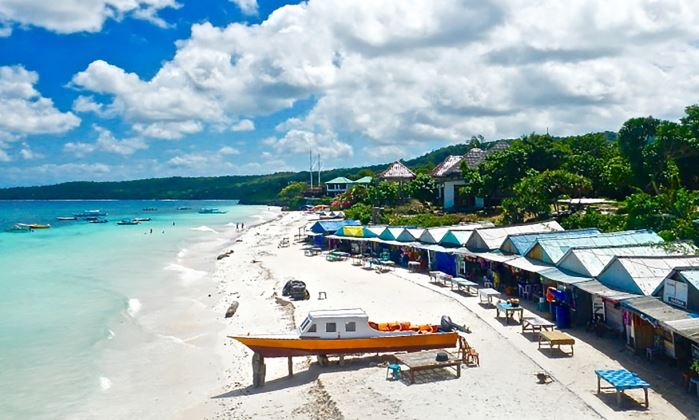


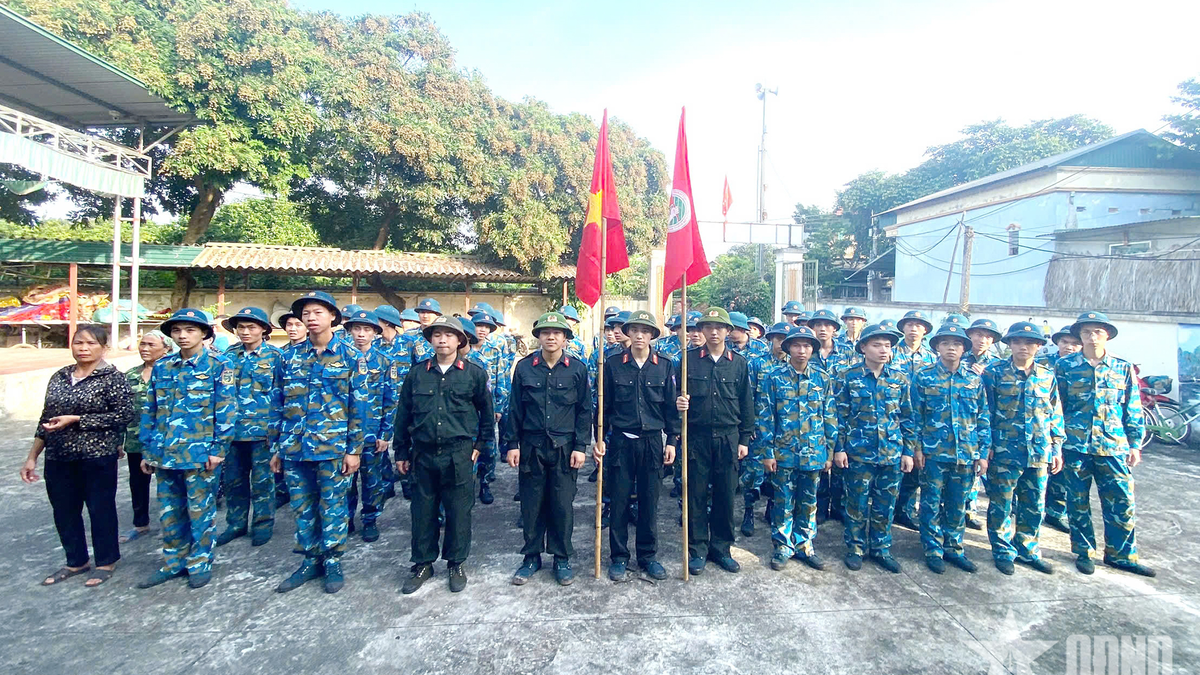

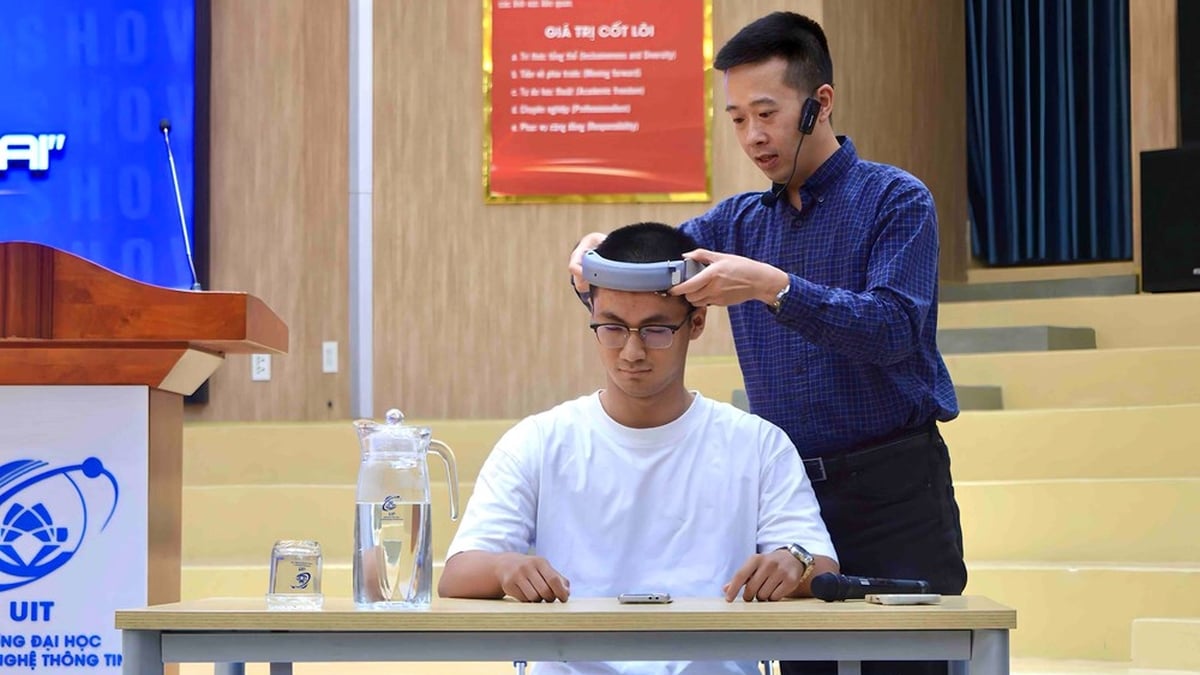

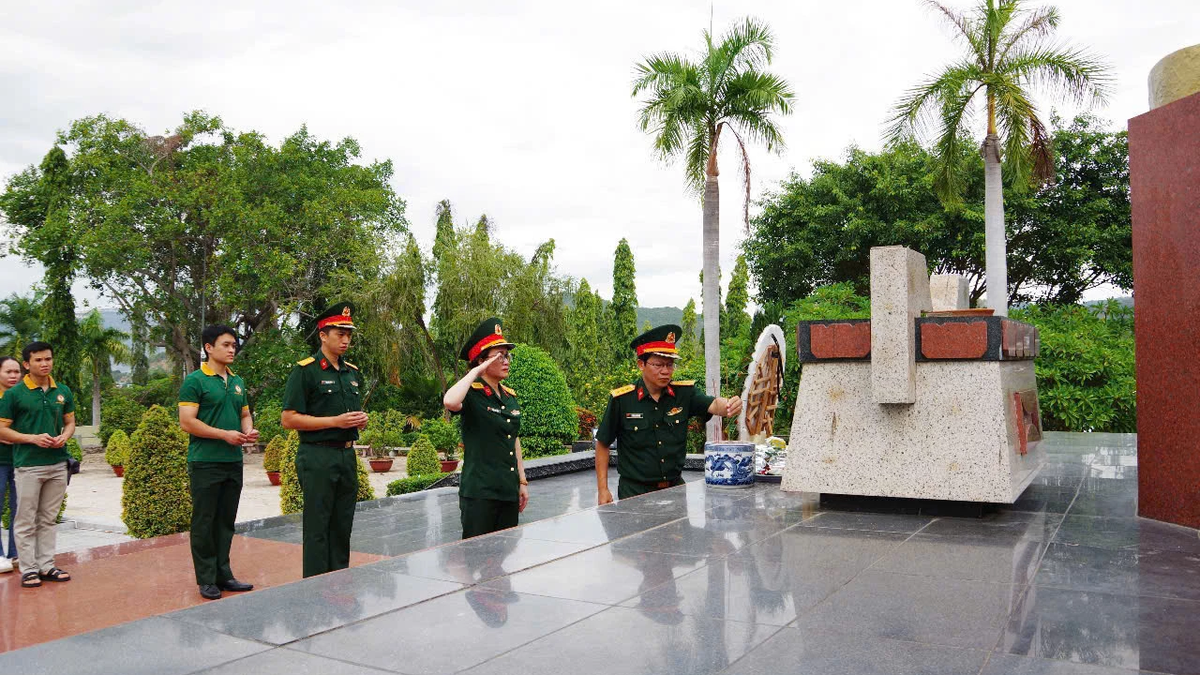
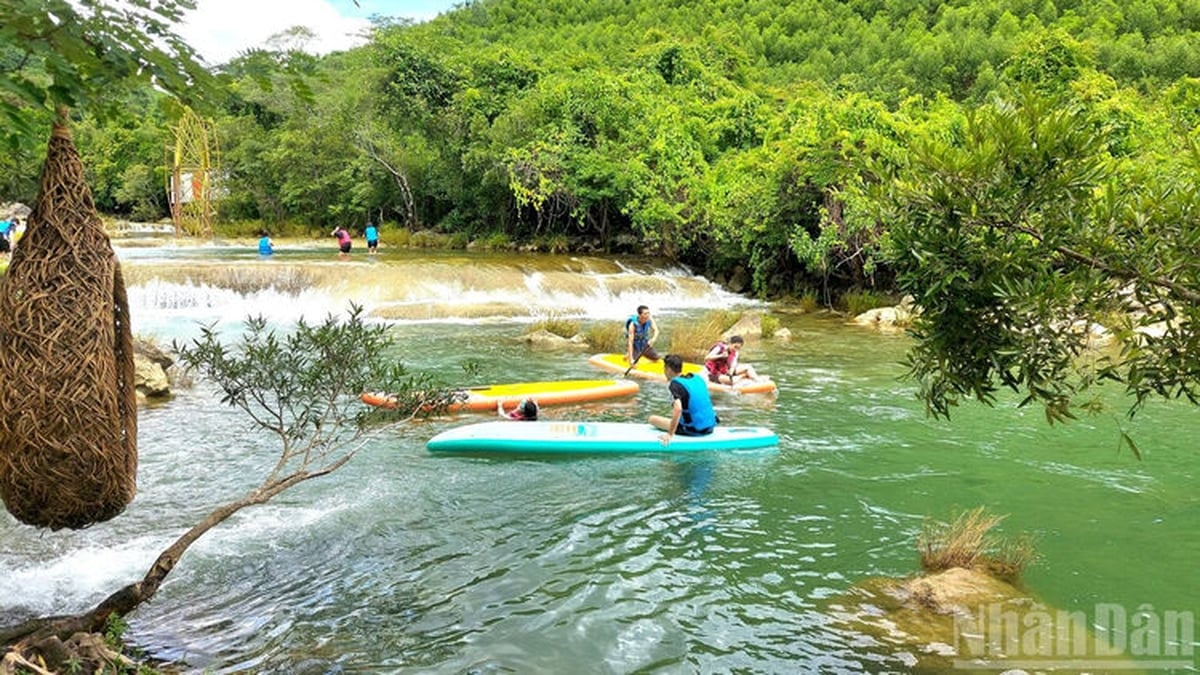


























































































Comment (0)